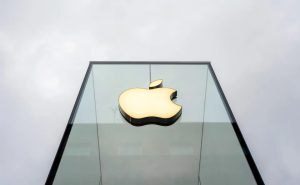Each time Microsoft introduced a significant AI feature throughout the year, I couldn’t shake off a sense of skepticism regarding the company’s new strategic direction. Microsoft, a traditionally conservative and slow-moving giant, seemed to be reshaping its products around artificial intelligence, a move that came shortly after the broader public became aware of the existence of generative AI. Recalling the company’s previous major shift with Windows 8, which aimed to make its flagship OS tablet and touchscreen-friendly but ended up as a failed attempt, I found myself questioning Microsoft’s motives in incorporating AI so prominently into Windows.
The uncertainty lingered: Was Microsoft embracing artificial intelligence to genuinely enhance its products, or was it primarily seeking to establish itself as an AI innovator, hoping the technology would live up to the hype? The distinction between these possibilities became increasingly challenging to discern.
Microsoft’s track record with products like Zune, WebTV, and Windows Phone highlighted its less-than-perfect timing. Products often either debuted too early to be practical, as seen with the sluggish WebTV, or arrived too late to make a significant impact, exemplified by the genuinely impressive Zune HD. However, with the introduction of its AI-powered Bing Chat earlier in the year, Microsoft seemed well-positioned to capitalize on the success of ChatGPT, which reportedly garnered 100 million users within just two months. According to UBS analysts, this rapid adoption would have made ChatGPT the fastest-growing consumer application in history. It appeared that Microsoft, having little to lose, seized the opportune moment to combine the potency of generative AI with one of its historically beleaguered products.
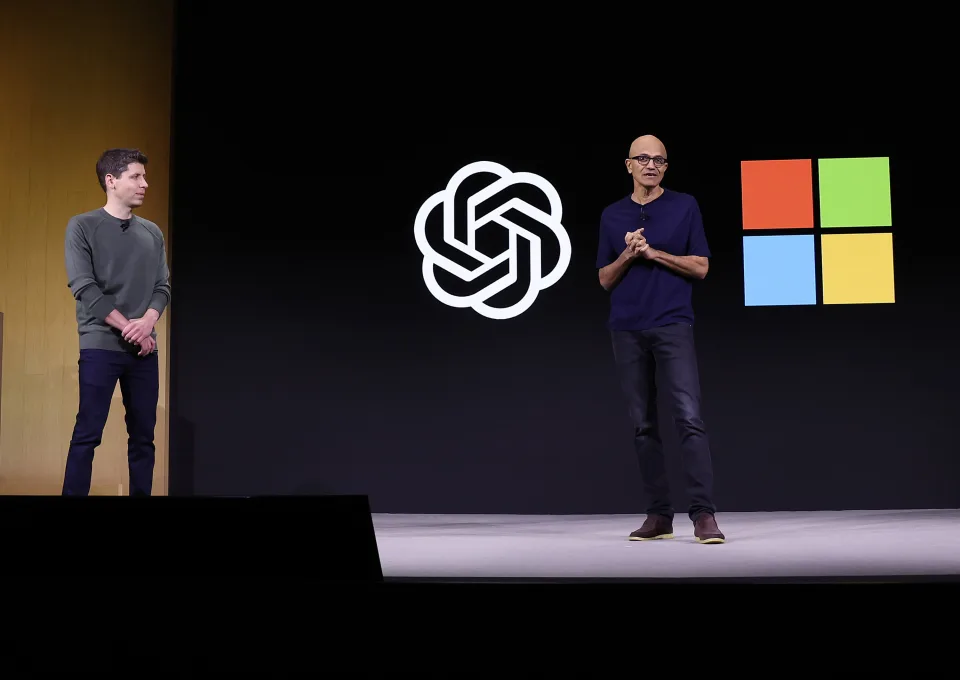
Having invested a substantial $13 billion in OpenAI, the creator of ChatGPT, and securing a 49 percent stake, Microsoft was evidently eager to showcase its latest acquisition ahead of competitors like Google. The debut of Bing Chat marked the beginning of Microsoft’s AI-centric year, with the subsequent launch of Copilot on Edge and its integration into Microsoft 365 products such as Word and PowerPoint, eventually extending to Windows 11. Surprisingly, Microsoft announced that Copilot would also be available on Windows 10, indicating a strategic push to make AI features accessible to a broader audience. Given that Windows 11 reportedly represents 26 percent of Windows installations, with Windows 10 still commanding a 69 percent share, targeting both platforms could potentially expose Copilot to up to 1.4 billion users.
Copilot undoubtedly leaves a positive first impression, offering direct and intelligent responses to user queries without the interference of ads. It provides a glimpse into a future where AI guides users through a media landscape that is becoming increasingly chaotic. Copilot’s capabilities extend to specific applications, such as summarizing webpages in Edge, transcribing and generating action points in Teams Meetings, and helping users discover obscure settings in Windows with simple queries like “How do I turn on Night Mode?”
However, beneath Copilot’s confident exterior lies the reality that it frequently makes errors and occasionally misunderstands questions. Its responsiveness falls short of that of a typical search engine, as the extensive AI processing happening in the background introduces opacity and delays. Furthermore, in testing, Copilot exhibited a higher-than-expected frequency of crashes, necessitating a session “reboot” – fortunately without the infamous blue screen associated with Windows crashes.
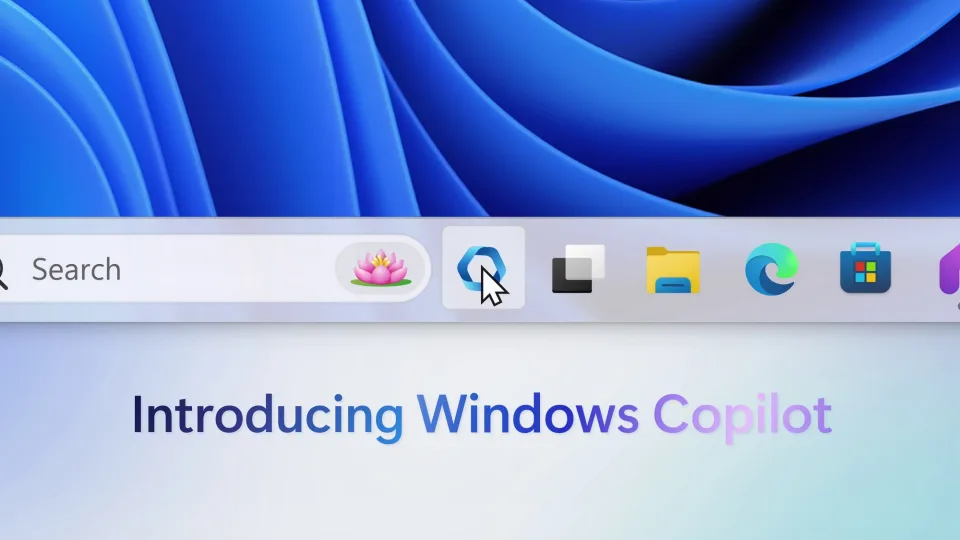
In an attempt to set realistic expectations, Microsoft includes a noteworthy disclaimer prominently displayed atop Bing’s AI chat: “Bing is powered by AI, so surprises and mistakes are possible. Please share feedback so we can improve!” This message seems to convey a touch of humility on Microsoft’s part, acknowledging the imperfections of its AI chat and emphasizing its receptiveness to user feedback. While it may be perceived as Microsoft being transparent about the technology’s limitations, it also serves as a potential escape route. By prefacing Copilot’s capabilities with a reminder that it’s powered by AI and might make mistakes, Microsoft can easily attribute any issues to the tool being in a beta stage.
The ultimate challenge for Microsoft’s Copilots and similar generative AI tools boils down to trust. Can users rely on these tools to provide accurate and relevant information when prompted? Is there confidence that Copilot will correctly interpret user queries?
Aaron Woodman, Microsoft’s VP of Windows Marketing, suggests that trust will be built over time as users actively engage with the technology and assess its performance. In an interview with Engadget during the Windows Copilot launch in September, Woodman expressed confidence in the organic growth of user trust, anticipating that once users experience the value of Copilot, the adoption will be explosive. The real litmus test lies in users “kicking the tires” themselves and witnessing how effectively Copilot meets their expectations.
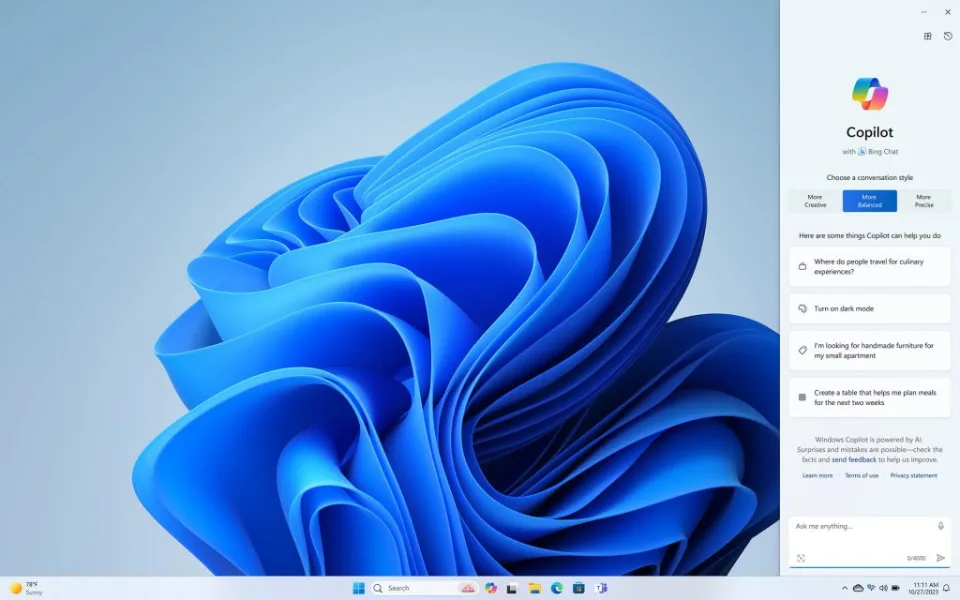
Woodman’s perspective emphasizes that users are likely to exhibit understanding and empathy toward the imperfections of Copilot, particularly during its early stages of development. He suggests that people tend to be more forgiving and receptive to the growth process of technology, and Microsoft aims to be transparent about this journey. Acknowledging the evolving nature of the technology, Woodman emphasizes the company’s commitment to accelerating the delivery of new technology to users.
The author’s personal experience with Microsoft’s AI solutions, particularly Bing Chat and Copilot, reveals a mixed bag of outcomes. While these tools prove helpful for simple tasks, such as creating specification tables or finding settings like dark mode in Windows 11, they may fall short in more complex scenarios. Microsoft had to implement significant restrictions on Bing Chat’s capabilities early on due to issues like arguments with users and disturbing responses.
The limitations become evident in instances where Copilot struggles to provide precise information promptly. For example, when asking about the timing of purchasing a Nintendo Switch, the response was delayed and only after prodding did it bring up rumors of a potential Switch follow-up. Additionally, Copilot’s performance in image-related queries appears less effective compared to Google’s image search. In one instance, when asked about a baby monitor, Bing not only provided incorrect details about the model and manufacturer but also took significantly longer to respond compared to Google’s quick and accurate identification.
These experiences highlight the ongoing challenges and areas for improvement in the development and deployment of AI tools, showcasing the complexities inherent in balancing innovation with reliability.
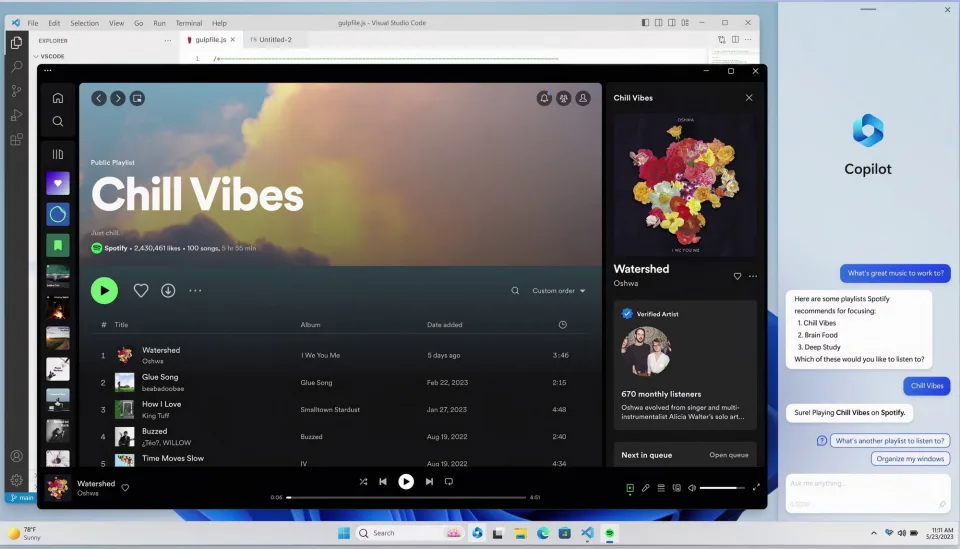
Microsoft’s Github Copilot, introduced in November 2021, represents an avenue for users to familiarize themselves with working alongside AI. The tool is designed to function as a collaborative partner for experienced programmers, identifying potential issues and even generating simple code snippets.
According to developer Aidan Tilgner, Github Copilot can be genuinely beneficial for coders, provided they manage their expectations appropriately. However, a study titled “GitHub Copilot AI pair programming: Asset or Liability?” conducted by Arghavan Moradi Dakhel, Vahid Majdinasab, Amin Nikanjam, Foutse Khomh, Michel C. Desmarais, and Zhen Ming Jiang, acknowledges the utility of Github Copilot while cautioning against potential pitfalls, especially when used by novices unfamiliar with the problem context and correct coding methods.
The authors note that Copilot may suggest solutions that could be buggy or challenging to comprehend, which novices might accept as correct. Introducing such buggy and complex code into software projects could significantly impact their quality. The study underscores the importance of understanding the limitations of AI tools like Copilot and emphasizes the potential risks associated with their use, particularly when wielded by individuals lacking sufficient coding experience.
Relying heavily on Copilots in the future, Microsoft may find itself closely tethered to OpenAI, a relatively young company that recently experienced significant upheaval in Silicon Valley. OpenAI’s board initially terminated CEO Sam Altman, but following internal pressure and persuasion from Microsoft CEO Satya Nadella, Altman was reinstated a few days later. The volatility within OpenAI poses a potential risk not only to Microsoft’s substantial $13 billion investment but also to the company’s broader plans for integrating AI into a myriad of its products.
According to reports from Windows Central, Microsoft’s upcoming major Windows update, codenamed “Hudson Valley,” is expected to include various AI enhancements. These may encompass features such as content analysis during video chats, an improved Copilot capable of recalling user actions on the PC, and an enhanced system-wide search. Some functionalities might necessitate CPUs equipped with NPUs (Neural Processing Units), similar to the requirements for features like background blurring and auto-framing in Windows Studio Effects, which also rely on NPUs, as seen in AMD’s recent chip releases and Intel’s new Core Ultra hardware.
The landscape of AI is evolving rapidly, and Microsoft’s plans for integrating AI features into its products are subject to constant change. As an example, during the writing of this piece, Microsoft announced an upgrade for Copilot, incorporating more powerful models such as GPT-4 Turbo and Dall-E 3, aiming to enhance its capabilities further. While there’s hope that Microsoft and OpenAI can address the issues with Copilot and deliver a transformative AI tool accessible to everyone, the author expresses a sense of past disappointment, particularly referencing Microsoft’s dual-screen Duo and Neo plans. This underscores the uncertainty inherent in the development and deployment of cutting-edge technologies and the challenges of meeting high expectations in the ever-evolving field of AI.



